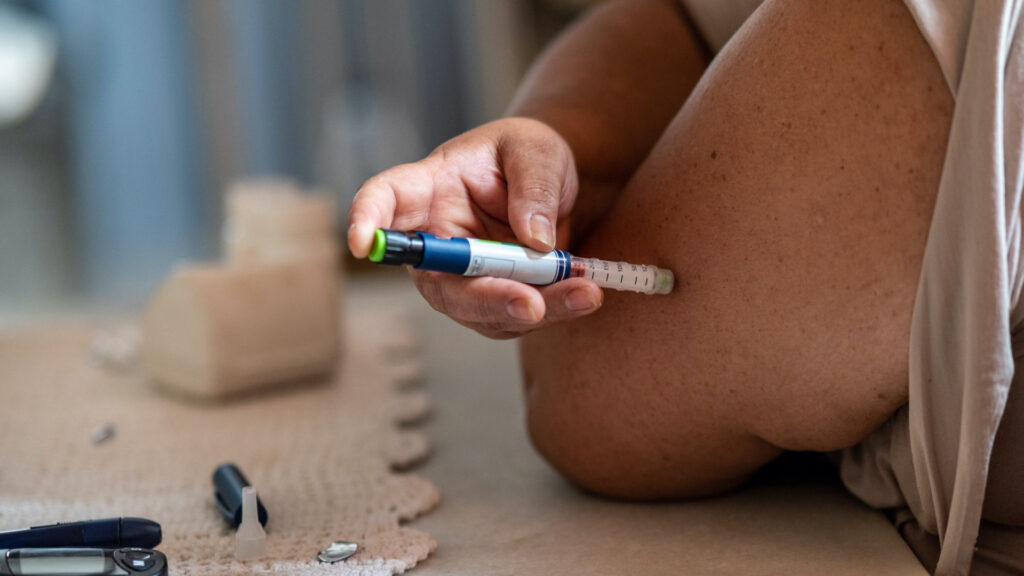The limitation of current glucagon-like peptide 1 (GLP-1 Drug) medications, demanding frequent injections for sustained efficacy, might soon become a thing of the past. Stanford engineers have innovated an injectable hydrogel depot capable of slowly releasing GLP-1 Drug over an extended period, potentially lasting up to 4 months within the body.
Tip: Please fill out the form if you or a friend would like more information on CGM devices.
The Promise of Extended GLP-1 Drug Release
Eric Appel, PhD, an associate professor at Stanford specializing in materials science and engineering, leads the pioneering project. The hydrogel operates akin to a sugar cube dissolving molecule by molecule, ensuring a gradual and controlled release of GLP-1 Drug.
Initial trials in rats have shown promising results, prompting anticipation for human clinical trials projected to commence within 24 months from now.
A Paradigm Shift in Diabetes Care
In a study published in Cell Reports Medicine, mathematical models predict that a single injection of GLP-1 Drug could uphold therapeutic levels in humans for a remarkable duration of 120 days—approximately 4 months—an advancement that could significantly improve diabetes management and patient adherence.
According to Alex Abramson, PhD, an assistant professor in chemical and biomolecular engineering at Georgia Tech, this development marks an exciting prospect in diabetes care, potentially alleviating the burden of frequent injections.
Must Read CGMs in noncritical care hospitals optimizes glycemic control
Evolution of Long-Acting Injectables
The trajectory of long-acting injectables has witnessed substantial progress since the approval of Lupron Depot in 1989. These depots have transformed the landscape of various conditions, from osteoarthritis knee pain to schizophrenia and opioid use disorder management.
Recently, the FDA approved Apretude for HIV pre-exposure prevention, requiring administration only every 2 months—a significant advancement from the daily pill equivalent. Moreover, ongoing research, such as the University of Connecticut’s work on a transdermal microneedle patch for vaccine delivery without requiring boosters, demonstrates the continued evolution in this field.
Innovative Hydrogel Technology
Stanford’s Appel Lab has dedicated extensive efforts to develop gel-based drug delivery systems, employing polymer-nanoparticle (PNP) hydrogels that slowly dissipate over time. These hydrogels possess remarkable properties, including self-healing capabilities, enhanced biocompatibility based on animal studies, and compatibility with various drugs.
Beyond diabetes treatment, the hydrogel technology holds promise for combating obesity and extending the efficacy of vaccines, cancer immunotherapies, and infectious disease prevention strategies.
Also, read about GLP-1 Receptor Agonists in Pregnancy
Future Prospects and Trials Ahead
While initial trials in rats with semaglutide and liraglutide showcased sustained release patterns, further studies aim to optimize the formulation to mitigate potential side effects, particularly associated with abrupt peaks in drug serum concentration.
Don’t miss the Guide about Wegovy Dosage Guide: The Best Way For Weight Loss
Moving forward, extensive studies in larger animals, starting with pigs, are planned to closely emulate human physiology. Pending successful outcomes, Appel envisions human clinical trials within the next 2 years, marking a pivotal step toward revolutionizing sustained drug delivery mechanisms.


